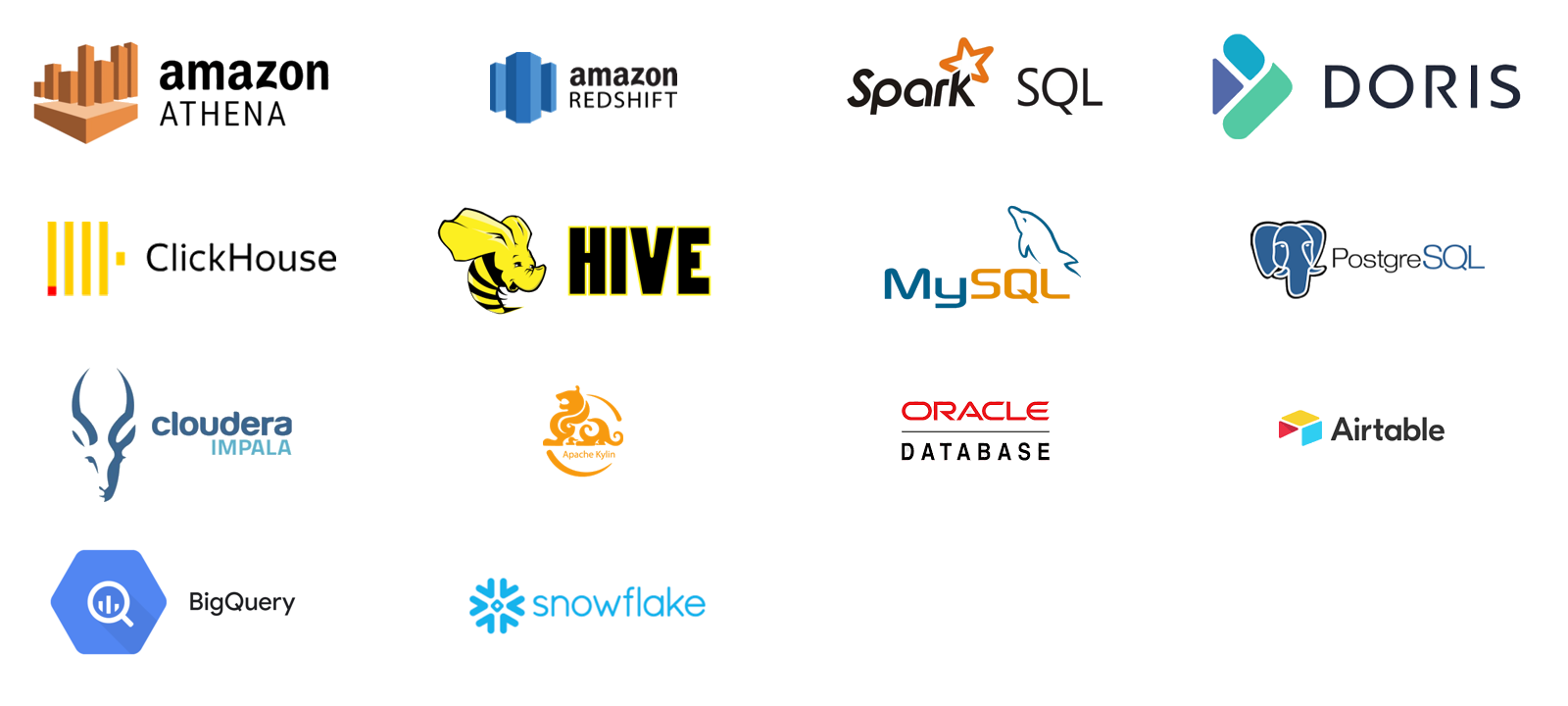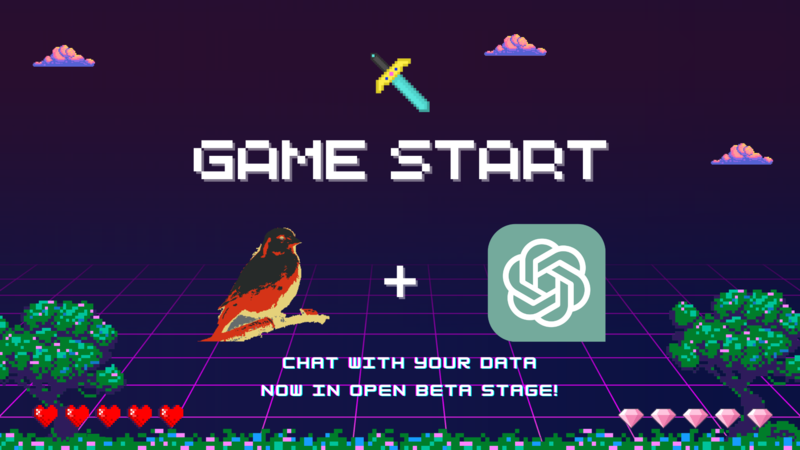Combining ChatGPT and RATH: Seamless Data Analysis Workflow
Published on

Introduction
Data and Data Analysis has become indispensable asset that helps organizations gain insights and make informed decisions. However, dealing with large volumes of data can be a daunting task. That's where ChatGPT's advanced natural language processing capabilities come in. It helps organizations efficiently process, analyze, and understand data, unlocking valuable insights and driving business growth. With ChatGPT, organizations can make sense of their data, spot patterns and trends, and communicate their findings in a clear and concise manner.
ChatGPT and RATH
What is Chat GPT
ChatGPT is an open-source language generation model developed by OpenAI. It is based on transformer architecture and has been trained on a massive amount of text data. It is capable of generating human-like text and can be used for a variety of natural language processing tasks such as language translation, question answering, and text generation.
What is RATH
RATH (opens in a new tab), which is a great tool for Rapid Augmented Analytics and Visualization, is an open-source data analysis and visualization platform developed by the RATH team. It allows for the creation of interactive dashboards, data exploration, and augmented analytics. RATH allows users to quickly and easily connect to data sources, perform data transformations, and create visualizations.
RATH (opens in a new tab) is Open Source. Visit RATH GitHub and experience the next-generation Auto-EDA tool. You can also check out the RATH Online Demo as your Data Analysis Playground!
Integrated workflow of combining ChatGPT and RATH
ChatGPT and RATH can be integrated into several ways to enhance the capabilities of data analysis and business intelligence. One way is to use ChatGPT to generate natural language explanations for the data visualizations created in RATH. This would make it easier for users to understand the insights and patterns in the data.
Struggling with overwhelming data and clunky BI tools can be a nightmare. But with RATH, you can say goodbye to the chaos and hello to effortless data analysis.
RATH (opens in a new tab) integrates ChatGPT into your data analysis workflow, acting as your 24/7 personal data analyst, streamlining your workflow and boosting your productivity. Get instant insights and stunning visualizations without the hassle.
Get Instant Insight with No Code
The workflow is stunningly simple:
- Connect Your Data Source to RATH
- Ask Any Question
- You can get instant Data Insights and Visualizations within seconds.
Everything is done with natural language, with no code required. Check out this awesome Demo about investigating the relationship between Bitcoin price and Gold price in history, by simply talking to RATH:
You can see how RATH easily extracts data from multiple sources and uses natural language to help you explore and understand your data.
Turbocharge Your Productivity
And say goodbye to data processing headaches!
Small teams often struggle with SQL queries and data processing, especially without a dedicated data analyst or technical skills. That's where RATH comes in to save the day.
RATH makes it easy for small teams to handle data processing using simple everyday language. Any team member can ask RATH for the information they need, and they'll quickly get useful insights and visualizations. This way, teams can focus on making the most of their data instead of struggling to get it.
Seamless Workflow Integration
RATH supports a wide range of data sources that does not disturb your existing workflow. Here are some of the major database solutions that you can connect to RATH:

We are about to launch the support for AirTable Integration. You can easily visualize your AirTable data with Natural Languages! Simply connect RATH to your AirTable data, and watch the magic happen:
Interested? Inspired? Unlock the insights of your data with one prompt: ChatGPT-powered RATH is Open for Beta Stage now! Get onboard and check it out!
FAQ
What type of data can ChatGPT and RATH be used to analyze?
ChatGPT and RATH can be used to analyze a wide range of data types, including text data and numerical data. ChatGPT can be used to generate human-like text and can be used for natural language processing tasks such as language translation, question answering, and text generation. RATH is a data visualization and analysis platform that allows users to connect to data sources, perform data transformations, and create visualizations.
Is there a limit on the amount of data that can be analyzed using ChatGPT and RATH?
ChatGPT and RATH are both designed to handle large amounts of data. ChatGPT is based on transformer architecture and has been trained on a massive amount of text data. RATH allows users to quickly and easily connect to data sources and perform data transformations, making it easy to work with large amounts of data.
Can I customize ChatGPT and RATH to fit my specific needs?
Yes, as both ChatGPT and RATH are open-source tools, users have access to the source code, allowing them to customize and modify the software to fit their specific needs. Additionally, both ChatGPT and RATH have large and active communities that provide support and resources for learning and troubleshooting.
Conclusion
In conclusion, ChatGPT and RATH are powerful open-source tools that can be combined to provide a comprehensive solution for data analysis and business intelligence. By integrating the two, organizations can enhance their capabilities to analyze and understand data and make informed decisions. The integration allows for efficient data exploration, natural language explanations, and quick insights discovery. As more and more organizations are focusing on data-driven decision-making, leveraging tools like ChatGPT and RATH can help them stay competitive in their respective industry.

